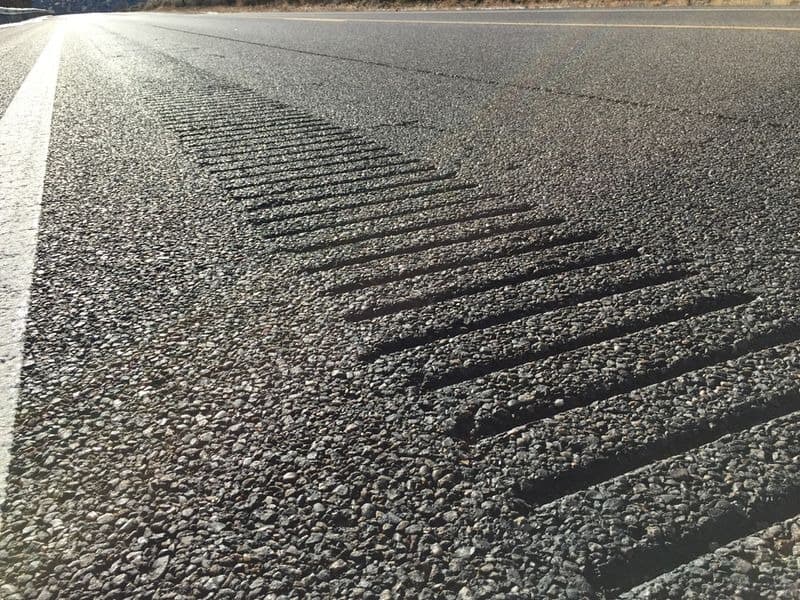Every year, roughly 1.3 million people die in car accidents worldwide. In 2017, speeding was involved in approximately one third of all motor vehicle fatalities in the United States.
As well as reducing the number of accidents, speed reduction also has important additional advantages that increase the quality of life for society at large.
These benefits include a reduction in traffic noise, pollution, greenhouse gases, average fuel consumption and barrier effects.
Let’s take a look at some of the more innovative ways that global policing and technology is using (or set to use) to target these benefits…
Cars that Slow Down
The EU is aiming for all new European vehicles to be equipped with Intelligent Speed Assistance (ISA) by 2022, automatically inhibiting speed in accordance with local limits.
The technology uses a combination of cameras and GPS to detect the speed laws for a given stretch of road, and then limits engine power to ensure that drivers don’t exceed that permitted speed.
Even though ISA can be overridden temporarily or disengaged, it’s estimated that widespread adoption could reduce the EU’s 25,000 annual road fatalities by around 20 per cent.
Countdown Traffic Lights

(Image source: www.sphere.hr)
Countdown traffic lights have started to make their appearance in several countries. The idea is pretty simple; give drivers a visual clue of how much longer they have to wait with a countdown or how much time they have to get to the intersection before the green turns to yellow and red.
A study by Oregon State University of 55 drivers found that countdown timers increased the likeliness that drivers would slow down and stop in what they called the “dilemma zone” — the last 10 seconds of a green light.
In the US, Audi has introduced a vehicle-to-infrastructure (V2I) system in their vehicles, named Traffic Light Information, so that drivers can see a red light countdown on the vehicle dash.
Smart Traffic Lights
IBM has filed a patent for a smart traffic light system that uses artificial intelligence to analyze traffic in real-time and make adjustments for the improved flow of vehicles.
How does it work? According to the patent, IBM’s system could control traffic lights relying on cameras. A computer views real-time footage of traffic in each direction and then calculates the optimum traffic pattern. For example, if too many cars are backed up at a red light, it can adjust the traffic light sequence accordingly.
Design Tricks

(Image source: wonderfulengineering.com)
Roads with no traffic, no lampposts and no speed traps, just old plain trees towering on both sides, can create a hotbed for speeding and accidents.
One interesting and innovative tactic to discourage drivers from speeding are musical roads. Japan has adopted many of such roads after engineer Shizuo Shinoda accidentally scraped a road with a bulldozer and discovered the sounds produced.
Whilst the vast majority of melodious roads are located in Japan, a few others exist outside of the island nation. Several are located in Denmark, Hungary, South Korea, the United States, China, San Marino, Taiwan, the Netherlands, and Ukraine.

